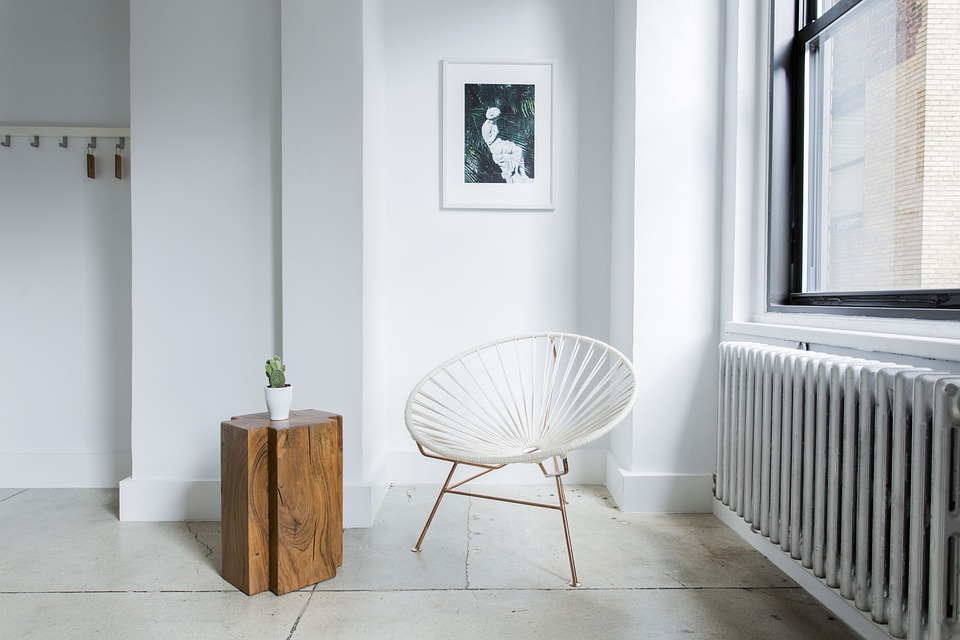The Rise of Interlocking Floors: Why Homeowners Are Opting for this Trendy Flooring Option
Interlocking floors have been gaining popularity among homeowners in recent years due to their convenience, durability, and aesthetic appeal. These innovative flooring options come in a variety of materials such as vinyl, laminate, and engineered hardwood, offering a versatile solution for any home.
Benefits of Interlocking Floors
One of the main reasons homeowners are choosing interlocking floors is their ease of installation. Unlike traditional flooring options that require glue or nails, interlocking floors can be easily snapped together without any special tools or skills. This makes them a popular choice for DIY enthusiasts looking to save on installation costs.
Additionally, interlocking floors are known for their durability and resistance to moisture, making them ideal for high-traffic areas such as kitchens and bathrooms. The interlocking design creates a tight seal that helps prevent water damage and warping, ensuring your floors stay looking new for years to come.
Another benefit of interlocking floors is their versatility in design. With a wide range of colors, patterns, and textures available, homeowners can easily find a style that complements their existing decor. Whether you prefer the look of hardwood, stone, or tile, there is an interlocking flooring option to suit your taste.
FAQs about Interlocking Floors
Q: Are interlocking floors suitable for all rooms in the house?
A: Yes, interlocking floors are versatile enough to be used in any room of the house, including kitchens, bathrooms, living rooms, and bedrooms. However, it’s important to choose the right material based on the room’s moisture levels and foot traffic.
Q: Can interlocking floors be installed over existing flooring?
A: In most cases, interlocking floors can be installed over existing flooring as long as the surface is flat, clean, and structurally sound. However, it’s recommended to consult with a professional installer to ensure proper installation.
Q: How do I clean and maintain interlocking floors?
A: Interlocking floors are easy to clean and maintain with regular sweeping and mopping. Avoid using harsh chemicals or abrasive cleaners, as they can damage the finish. It’s also important to wipe up spills immediately to prevent staining.
Overall, the rise of interlocking floors can be attributed to their ease of installation, durability, and versatility in design. Whether you’re looking to update your home’s flooring or simply want a trendy and practical option, interlocking floors are a great choice for any homeowner.
For more information on interlocking floors, check out this detailed guide on the benefits and installation process.

